Choosing the right skis is crucial for your performance and enjoyment on the slopes. Whether you're a beginner skier or more advanced, the question "What size skis do I need?" is one that deserves careful consideration.
This article will guide you through the process of selecting the correct size skis, taking into account many factors such as skill level, terrain choice, and snow type.
Understanding Ski Sizing Basics
When it comes to ski lengths, there's no one-size-fits-all answer. The right skis for you depend on your height, weight, skill level, and the type of skiing you plan to do.
Generally, skis should reach somewhere between your chin and the top of your head when standing on end. However, more advanced skiers may choose longer skis for more surface area in deep snow, while beginners might opt for shorter skis for better control.
The Role of Skill Level in Ski Size
Your ability level is a significant factor in determining ski size. Beginner skiers should aim for a beginner length, which usually means shorter skis that are easier to handle and promote quick turns.
Intermediate skiers might prefer an intermediate length that offers a balance between control and performance. For more advanced skiers, a longer effective edge can provide stability at higher speeds.
Ski Sizing Chart: Your Best Friend
A ski sizing chart is an invaluable tool for narrowing down your options. By correlating your height and weight with your skill level, a ski size chart can suggest a range of ski lengths that would be appropriate for you.
Remember that these charts are a starting point, and personal preference will also play a role in your final decision.

Deciphering Ski Dimensions
Ski dimensions, including tip width, waist width, and tail width, influence how a ski feels and performs.
Skis with narrower waist widths are typically more responsive and better for quick turns on groomed runs, while wider waist widths provide more surface area for soft snow and deep powder stashes.
The Significance of Waist Width
Waist width is a critical dimension when you choose skis. Narrower widths are ideal for groomed runs and hardpack, allowing for faster turn initiation.
Wider waist widths, on the other hand, offer better flotation in soft snow and are preferred by those who frequent the backcountry or ski in heavy snow conditions.
Tail and Tip Width Considerations
Tail width and tip width also affect ski performance. A wider tip helps with flotation in deep snow, and an early rise or rocker can make for easier turn initiation in powder.
Conversely, a narrower tail can make for quicker, more precise turns, which is beneficial for park skiers and those who enjoy a deep sidecut.
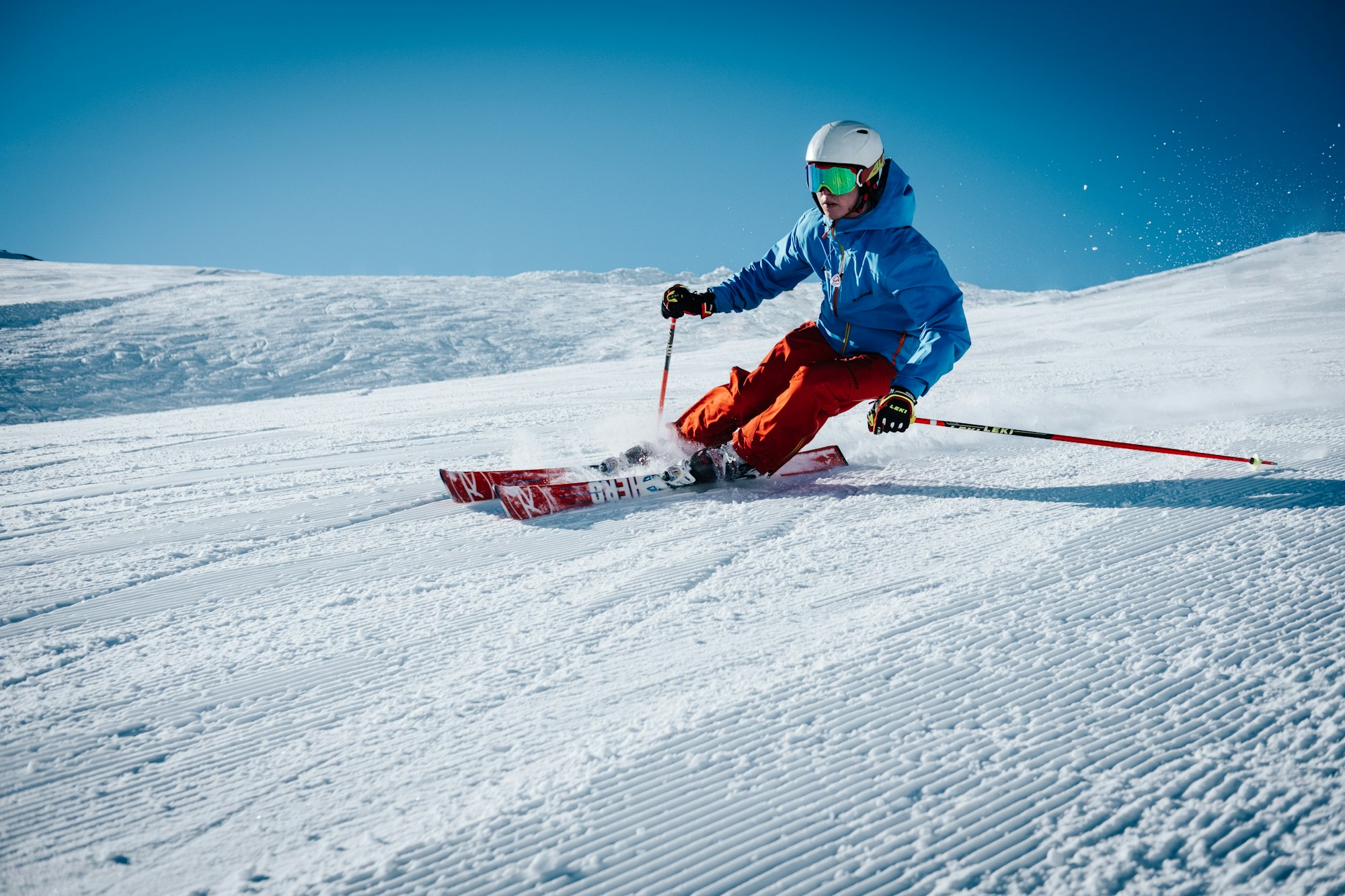
The Benefits of Shorter Skis for the Intermediate Skier
When it comes to intermediate skiers, the choice of ski length can significantly affect their performance and comfort on the slopes. A shorter ski, typically easier to maneuver, can be a game-changer for those looking to improve their skills.
These skis shorter in length allow for quicker turns and can be more forgiving when skiers make mistakes. They are often recommended for intermediate skiers because they require less effort to control, making the learning curve less steep and the skiing experience more enjoyable.
Moreover, shorter skis can help intermediate skiers develop confidence as they facilitate easier handling and better stability at moderate speeds. With a short turn radius, these skis encourage skiers to practice and perfect their turning techniques without the intimidation that might come with a longer ski.
The shorter length also means that the contact points of the ski are closer to the skier's feet, providing a more immediate response to movements and adjustments, which is crucial for those honing their skills on varied terrain.
The Evolution of Ski Technology for Intermediate Skiers As an intermediate skier, understanding the evolution of ski technology can be a game-changer in selecting the right size ski. In recent years, advancements in materials and design have allowed for a wider range of skis that cater specifically to skill levels.
For the intermediate enthusiast, this means access to skis that offer a balance between forgiving handling and the ability to tackle more challenging slopes. These skis often feature a versatile waist width and a hybrid rocker-camber profile, providing a comfortable learning curve as you progress.
Moreover, the integration of innovative core materials such as carbon fiber and titanium has led to lighter and more responsive skis. This is particularly beneficial for intermediate skiers looking to improve their technique without being weighed down by heavy equipment.
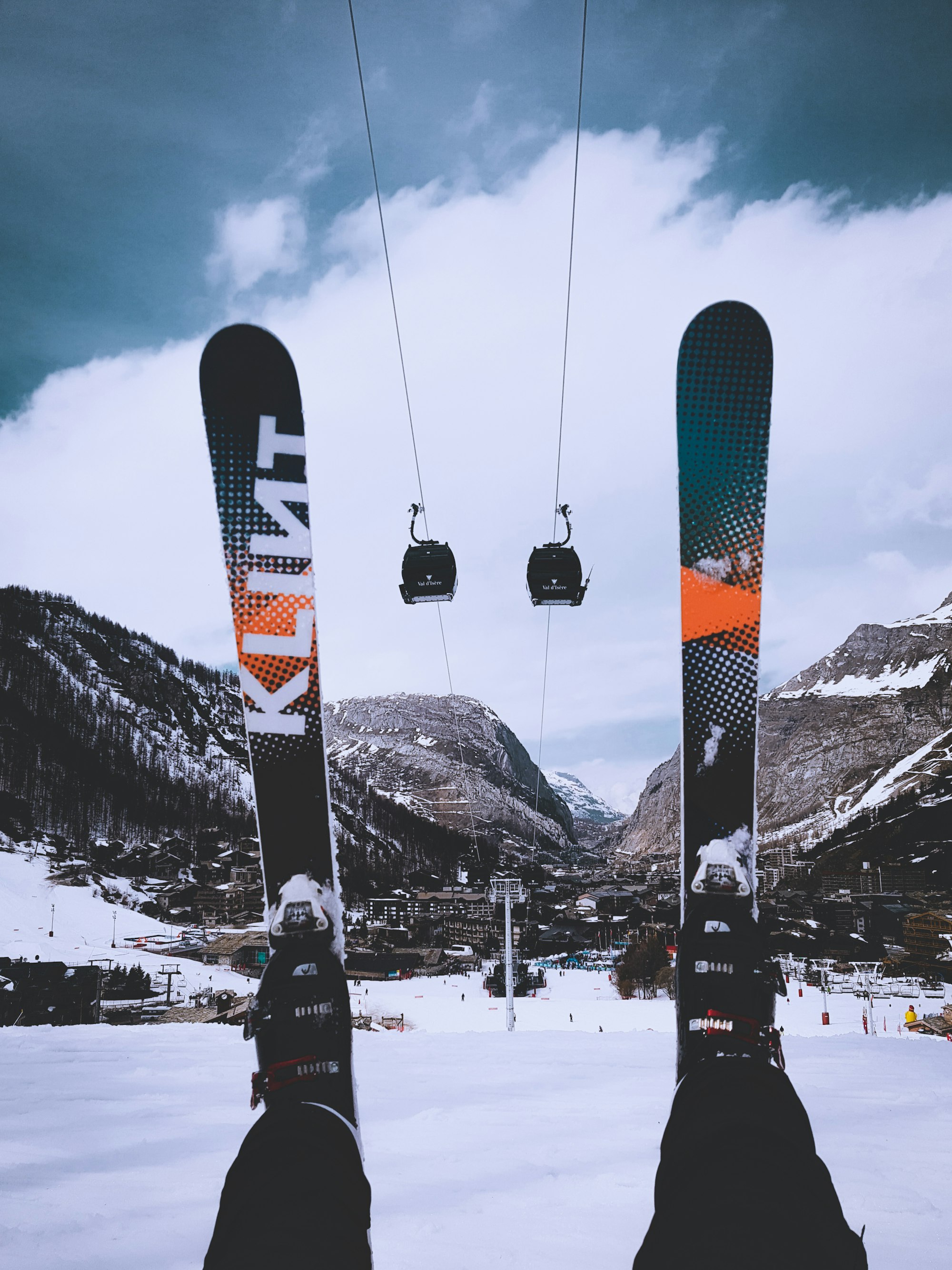
The right size ski, enhanced by these technological improvements, can significantly boost your performance on the slopes. It's not just about the length; it's also about how the ski's construction complements your skill level, allowing for a smoother and more enjoyable skiing experience.
Customizing Ski Size for Intermediate Skiers When it comes to customizing ski size for intermediate skiers, there's a sweet spot that combines comfort and challenge. It's essential to consider not just your height and weight, but also your skiing style and the conditions you prefer.
Intermediate skiers often benefit from a ski that's not too long, granting better control and maneuverability, yet long enough to maintain stability at higher speeds. A ski that's around head height is typically a good starting point, but personal preference plays a significant role.
To further tailor your choice, many ski shops offer demo programs, allowing intermediate skiers to test different sizes and styles before making a purchase. This hands-on experience can be invaluable, as it gives you a direct feel for how various ski sizes impact your control and confidence on the mountain.
By taking advantage of these opportunities, you can make an informed decision that enhances your progression and maximizes your enjoyment of the sport. Remember, the right size ski for an intermediate skier feels like a natural extension of your own movements.
Expert Skiers and the Quest for the Perfect Length
For expert skiers, the quest for the perfect ski often leads to a longer ski. This preference is due to the longer turn radius that comes with a longer ski, allowing for high-speed stability and smoother, sweeping turns.
An expert length ski can handle the increased forces exerted during aggressive skiing and provides a more stable platform for landing jumps and performing in variable snow conditions.
The longer ski also offers more surface area, which can be beneficial in powder by providing better floatation.
However, it's not just about length; the construction of the ski also plays a pivotal role. Many expert skiers prefer skis with a sandwich sidewall construction, which layers materials for improved edge grip and stability.
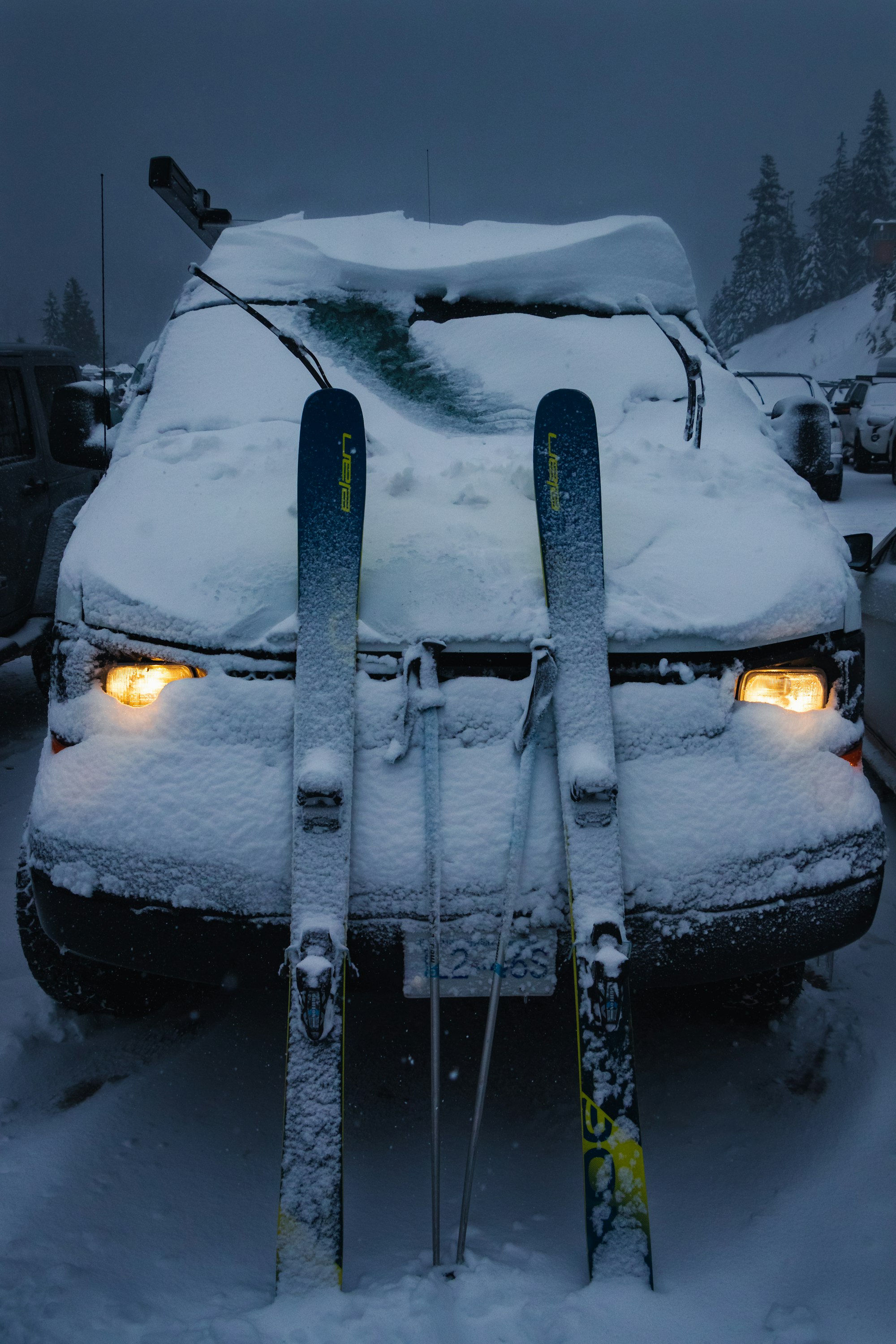
This construction method, combined with the right length, offers a dynamic ride that can handle the precision and power of an expert skier. The longer ski also tends to have more contact points along the edge, which translates to better grip and control at high speeds and during long arcing turns.
Expert skiers often choose a ski that complements their aggressive style, and a longer ski with the right features can be the key to unlocking peak performance.
The Impact of Rocker and Camber
Rocker skis, also known as reverse camber or rockered skis, have a raised tip and sometimes tail, which helps in deep snow and provides a playful feel. Full rocker skis excel in powder and uneven terrain.
Full camber skis, with their traditional bow shape, offer better edge contact and stability at high speeds, making them suitable for groomed runs and hardpack.
Choosing Skis for Different Terrain
Your terrain choice should influence your ski selection. All mountain skis are versatile and designed to handle a variety of conditions, from groomed runs to soft snow.
Big mountain skis are built for steep, deep, and often ungroomed terrain, offering extra length and width for stability and flotation.
Ski Length for Different Snow Types
Snow type plays a role in determining the right ski length. In deep snow, longer skis with more surface area help you stay afloat. For groomed runs or hardpack, shorter skis can provide better control and maneuverability at slower speeds.
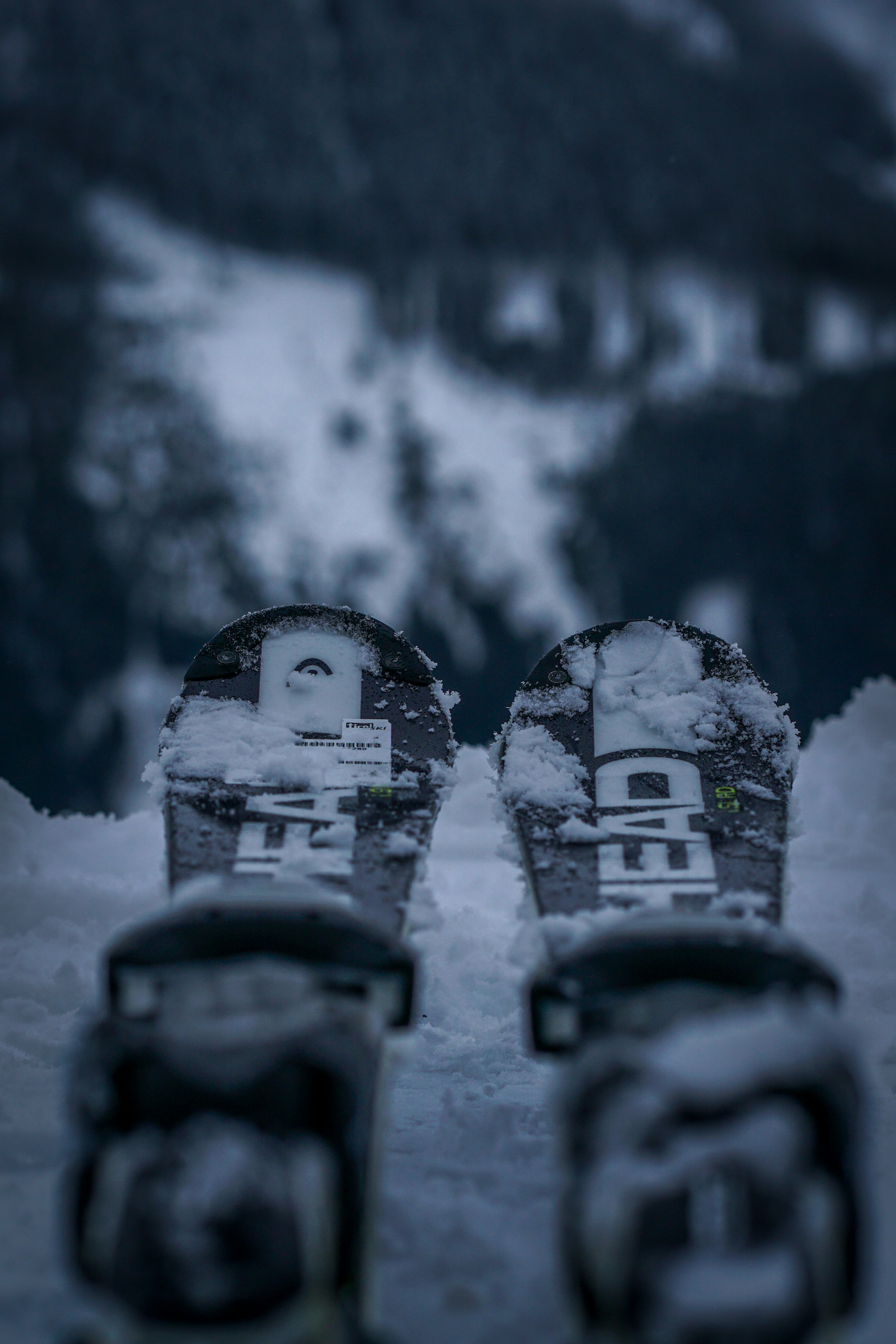
The Twin Tip Ski Phenomenon
Twin-tip skis are popular among park skiers and freestyle riders. Their symmetrical shape allows for skiing backward (switch) and landing jumps from any direction. Twin-tip ski designs often feature a shorter length and a deep sidecut for performing tricks in the terrain park.
Female Skier Specifics
Female skiers may have different considerations when choosing skis. Skis designed for women often feature a lower center of gravity, lighter weight, and mounting positions tailored to a female skier's biomechanics. These adjustments can make a significant difference in comfort and performance.
Advanced Riders and Ski Category
Advanced riders may gravitate towards a specific ski category that matches their preferred style. Whether it's alpine touring for backcountry adventures, freestyle for the terrain park, or racing for high speeds, there's a ski category for every advanced enthusiast.
Personal Preference and Ski Feel
Ultimately, personal preference plays a substantial role in choosing the right skis. The ski feels underfoot, the ease of turn initiation, and the stability at various speeds are all subjective factors that should be considered alongside the more technical aspects of ski dimensions and ski category.
Some Final Thoughts
Selecting the right size skis involves a blend of understanding your skill level, considering the terrain and snow type you'll be skiing on, and knowing the technical aspects of ski dimensions.
Remember to start with a ski sizing chart, but don't be afraid to trust your instincts and personal preferences when making the final decision. The goal is to find skis that complement your style and enhance your experience on the mountain.

FAQ's
Can I use the same height skis regardless of the terrain I ski on?
While your height is a starting point, the terrain you ski on should influence the length of your skis. All mountain skis are a good general choice, but for specific conditions like deep snow or park skiing, you may want skis that are longer or shorter, respectively.
How do I know if I've chosen the right size skis?
The right size skis should feel comfortable and match your skiing style. They should provide stability at your typical skiing speeds and be responsive during turn initiation. If you're unsure, it's always a good idea to demo skis before purchasing.
Does my weight affect the ski size I need?
Yes, weight is an important factor in determining ski size. Heavier skiers may need longer skis to support their weight and provide the right amount of flex, while lighter skiers might benefit from shorter skis for better control. Use a ski size chart as a reference and adjust based on your weight.
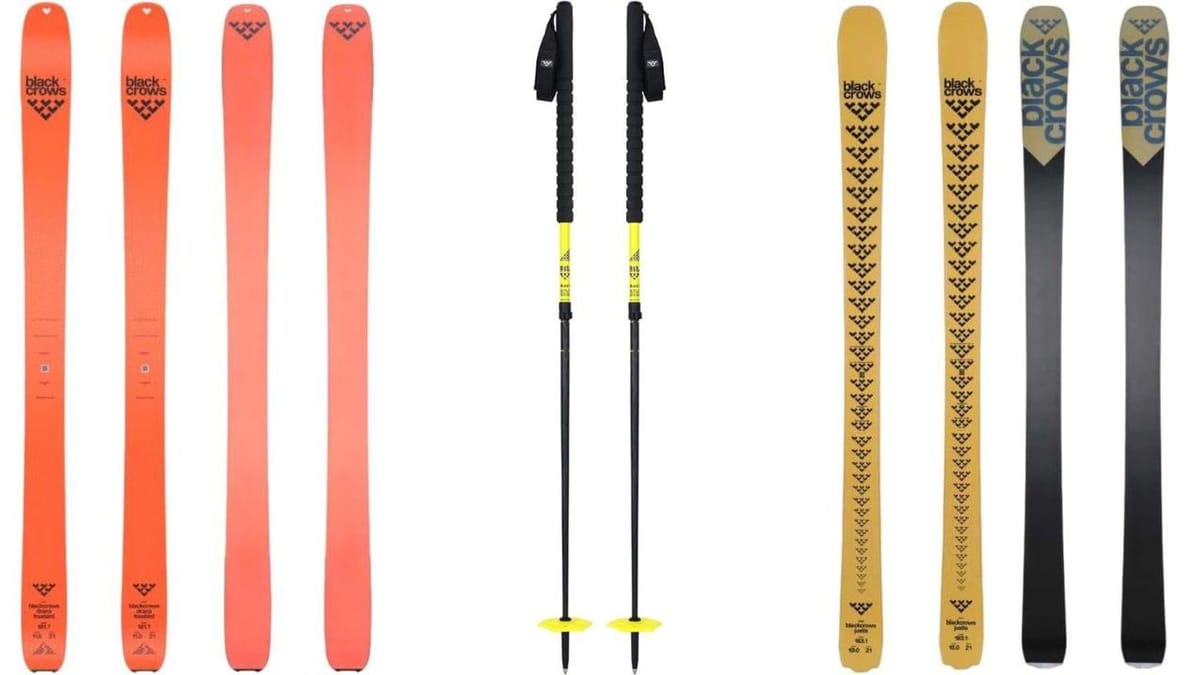






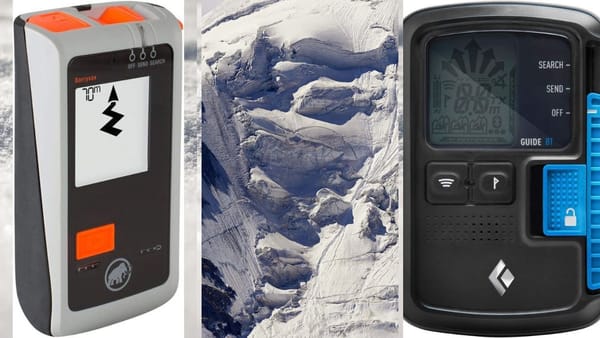
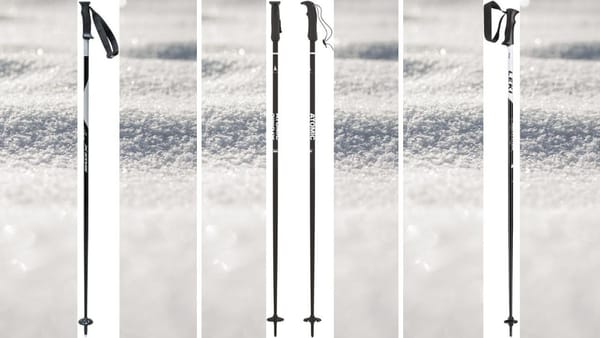



Member discussion